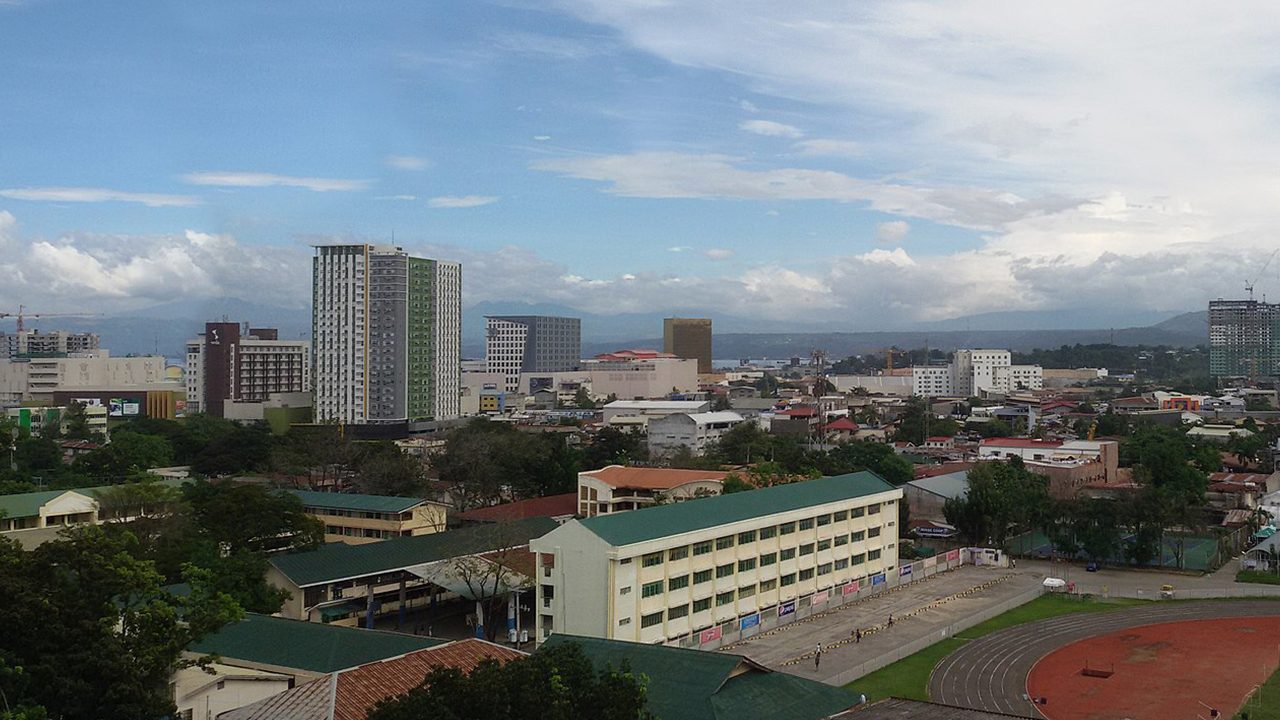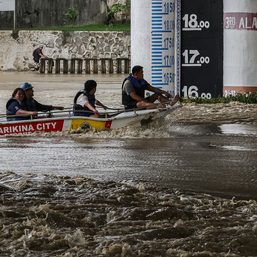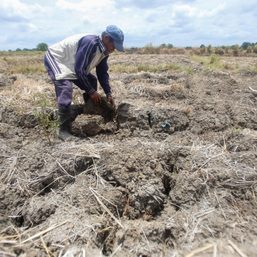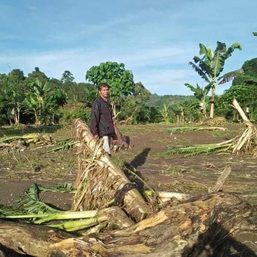SUMMARY
This is AI generated summarization, which may have errors. For context, always refer to the full article.

Local officials have sounded alarm bells for more widespread urban floodings due to anticipated heavy downpours until the 1st quarter of 2022.
“Cagayan de Oro, including its watersheds in Bukidnon, will likely receive near to above normal rainfall from October 2021 to March 2022,” warned the Cagayan de Oro City Disaster Risk Reduction Management Department (CDRRMD) in an October 19 advisory.
Cagayan de Oro City Administrator Teodoro Sabuga-a Jr. said on Friday, October 29, that local officials feared that this week’s floods in Cagayan de Oro and elsewhere in Mindanao were just a glimpse of what’s to come because of the La Niña phenomenon and other changing weather patterns.
The Philippine Atmospheric, Geophysical and Astronomical Services Administration (PAGASA) said the La Nina, which is characterized by unusually cold ocean temperatures, has developed in the tropical Pacific and could last until the 1st quarter of 2022.
CDRRMD head Nick Jabagat said at least four to six tropical cyclones were expected to develop and enter Philippine territory and enhance the northeast monsoon during the period.
“That means more rain that could trigger floods and flash floods and landslides,” said Jabagat.
Sabuga-a said local officials feared floods similar to what Cagayan de Oro saw in December 2011 – the worst environmental disaster in the city in recent years. The 2011 floods, spawned by Tropical Storm Sendong (Washi), killed over a thousand people, flattened communities, damaged vital infrastructure, and disrupted power and water supplies.
As Cagayan de Oro and Misamis Oriental saw a heavy downpour on Wednesday night, October 27, over 500 families evacuated to safer grounds due to rising floodwaters in several villages.
City hall counted 271 families or about 1,024 people in the evacuation centers.
City hall spokesperson Maricel Rivera said the displaced families were from the villages of Tablon, Cugman, Iponan, Bulua, Consolacion, and Canitoan.
In neighboring Opol town in Misamis Oriental, flooding forced at least 240 families to flee their homes in the village of Igpit following a night of heavy rain, according to the Provincial Disaster Risk Reduction Management Office.
Bad weather also disrupted the power supply in the town from Wednesday night to Thursday morning, October 28.
Heavy rain also raised the alert level in Zamboanga City in western Mindanao, where rivers and other waterways swelled on the same day.
In southern Mindanao two days earlier, a heavy downpour and rising floodwaters displaced hundreds of families in Davao City’s urban areas, including those living in subdivisions.
Vehicular traffic stood still as floodwaters rose in several areas in barangays Cabantian and Matina in Davao City on Monday night, October 25.
The extent of the damage in Davao remained unclear as of this posting.
But there were reports of chest-deep and neck-deep floodwater levels at Laverna Hills Subdivision and the Suraya Homes National High School area in Cabantian in Davao City.
Monitoring system
In Cagayan de Oro, Sabuga-a said the local government will continue keeping an eye on at least seven rivers and several creeks that often overflow whenever the upland towns in neighboring Bukidnon province see heavy rainfall.
He said city hall had also identified flood-prone villages and areas prone to rain-induced landslides, especially in the hinterlands.
Sabuga-a said the city’s drainage system has yet to be connected to the bigger flood-control infrastructure network being put in place by the Department of Public Works and Highways (DPWH).
“The major DPWH projects will be completed in 2023,” Sabuga-a told Rappler.
Until then, Sabuga-a said, city hall would have to rely on its monitoring system to alert people in flood-prone areas whenever there is a threat of flooding and know exactly when to make villagers evacuate.
He said city hall’s sensors were in place along the rivers up to Bukidnon. These enable the local government to know the rivers’ water levels.
“While there is nothing immediate we can do about the floodings, our system allows us now to attain zero casualties whenever disaster strikes,” Sabuga-a said. – Rappler.com
Add a comment
How does this make you feel?





There are no comments yet. Add your comment to start the conversation.